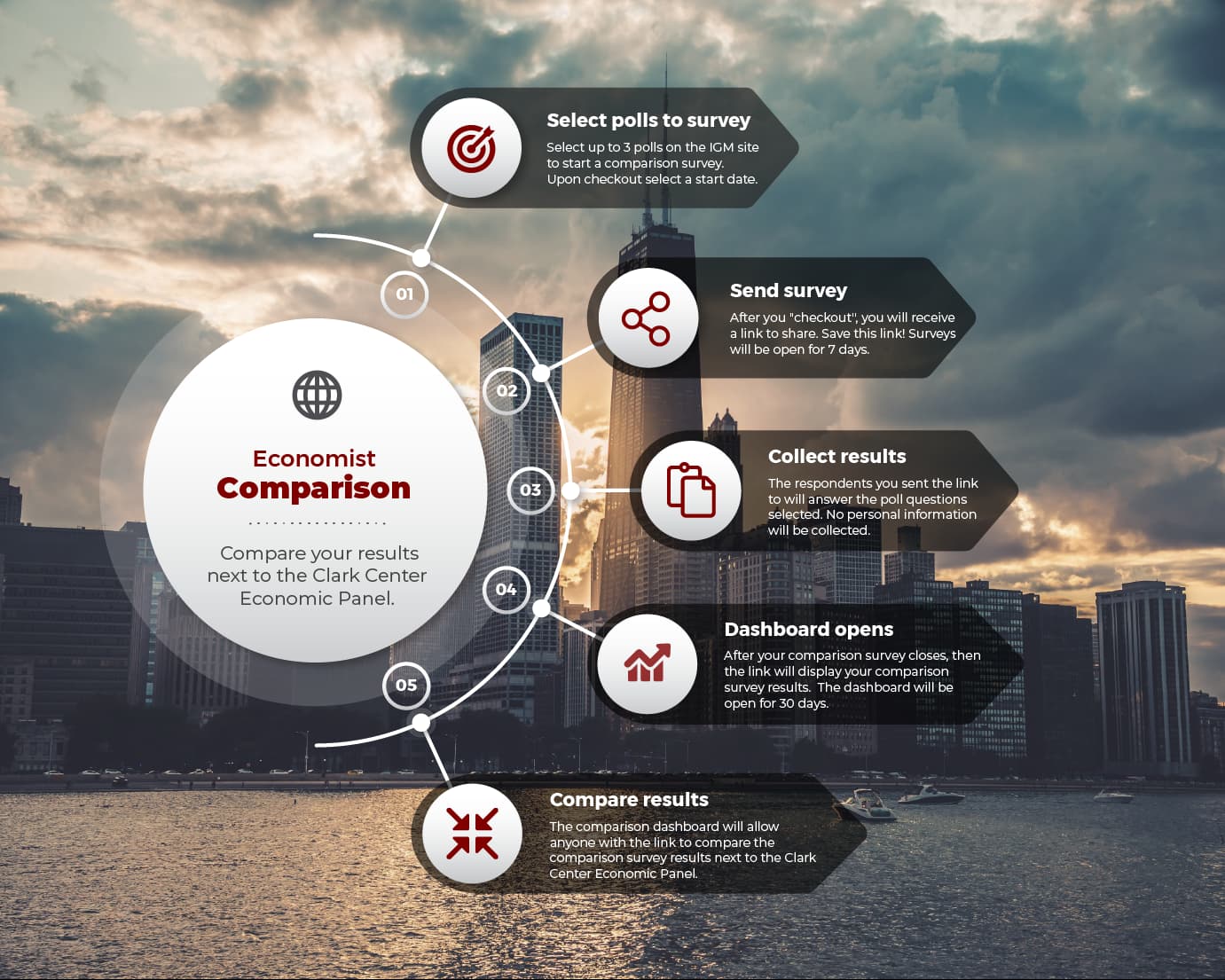This Finance survey examines (a) The US dollar's status as the dominant reserve currency substantially raises its value; (b) US-led policy interventions that discouraged central banks from holding US treasury securities would substantially diminish the dollar's reserve currency status, (c) US-led policy interventions that led to a sustained weakening in the dollar would substantially damage the US government's ability to finance its deficits
Keyword: central banks
This Finance survey examines that it seems likely that Japanese authorities intervened in the foreign exchange market recently to prop up the yen – see, for example: https://www.ft.com/content/455784ec-0465-46ee-8c73-fc5ce3e31c37. In such circumstances, intervention refers to purchases or sales of domestic or foreign currency without changing the monetary policy stance (a) Large-scale intervention by public authorities in currency markets can move exchange rates substantially (b) The effectiveness of foreign exchange interventions can last beyond one month
This US survey examines (a) Non-bank financial intermediaries pose a substantial threat to financial stability; (b) Regulating the leverage and liquidity of non-bank financial intermediaries would substantially improve financial stability; (c) Given current regulations, non-bank financial intermediaries should not have access to central bank support
This European survey examines (a) Non-bank financial intermediaries pose a substantial threat to financial stability; (b) Regulating the leverage and liquidity of non-bank financial intermediaries would substantially improve financial stability; (c) Given current regulations, non-bank financial intermediaries should not have access to central bank support
This week's European Economic Experts Panel statements:
The Bank for International Settlements defines a central bank digital currency as follows: ‘In simple terms, a central bank digital currency (CBDC) would be a digital banknote. It could be used by individuals to pay businesses, shops or each other (a 'retail CBDC'), or between financial institutions to settle trades in financial markets (a ‘wholesale CBDC').’
A) For developed countries, a central bank digital currency that is available to the public at large would offer social benefits that exceed the associated costs or risks.
B) Central banks that do not introduce their own digital money risk losing the ability to conduct effective monetary policy.
C) The introduction of a central bank digital currency is unlikely to have major effects on the economy.
This week's US Economic Experts Panel statements:
The Bank for International Settlements defines a central bank digital currency as follows: ‘In simple terms, a central bank digital currency (CBDC) would be a digital banknote. It could be used by individuals to pay businesses, shops or each other (a 'retail CBDC'), or between financial institutions to settle trades in financial markets (a ‘wholesale CBDC').’
A) For developed countries, a central bank digital currency that is available to the public at large would offer social benefits that exceed the associated costs or risks.
B) Central banks that do not introduce their own digital money risk losing the ability to conduct effective monetary policy.
C) The introduction of a central bank digital currency is unlikely to have major effects on the economy.
This week’s IGM Economic Experts Panel statement:
The persistent deflation in Japan since 1997 could have been avoided had the Bank of Japan followed different monetary policies.

